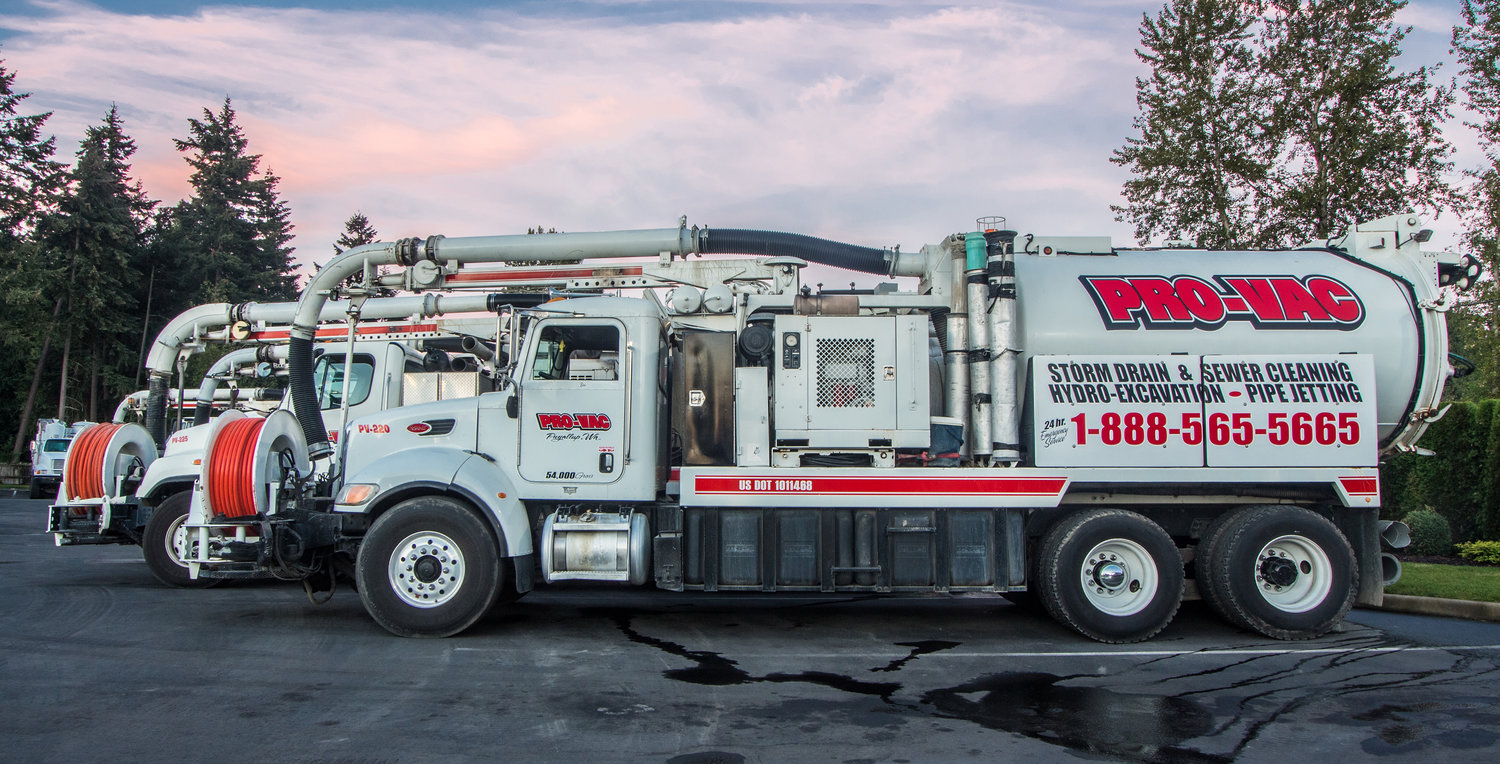If you’re responsible for stormwater maintenance on your property, you know the importance of performing regular maintenance. These features require specialized care, whether you have wet and dry ponds, bioretention systems, or constructed wetlands. If you put off these important tasks, you risk a surprise bill or even a Notice of Violation from your municipality.

Upstream facilities
The Clean Water Act defines Constructed Conveyance System Facilities (CCSF) as pipes, ditches, and other flow control facilities. These facilities are comprised of natural elements and constructed ones. In addition, the Clean Water Act identifies critical areas where flooding or erosion can pose a significant threat to human health and the environment.
Grate bar spacing
The ASTM standard specifies storm drain inlets, including grate inlets. The grate inlet must have a seven CD square inches clear space, with each bar at least 0.5 inches wide. Whether the grate is on a parking lot or a street, it must meet specifications.
When constructing a stormwater management system, parallel bars shall be installed at the outlet and intake structures. These parallel bars shall be spaced at least one-third of the orifice’s diameter and six inches. In addition, safety ledges shall be constructed for drainage systems with a permanent pool of water greater than two and a half feet deep. The shelf shall have two steps for safety.
Plants
Native plants are superior to exotic plants when it comes to stormwater management. Native plants have deep, extensive root systems and are better adapted to their local climate and soil. As a result, they require less water and fertilizer to thrive and enhance stream ecosystems. Native plants also require less maintenance, such as watering, fertilizing, and pesticides. Native plants also increase biodiversity and provide habitat for pollinators. These are some of the essential benefits of native plants.
There are several ways to establish and maintain these SCM gardens. One approach uses a swath of vegetation, known as a bioswale. This feature conveys stormwater away from properties while increasing infiltration into the ground. Another option is a detention basin, which temporarily imprisons run-off water. This system helps to regulate run-off rates. Another option is to impound run-off water and enhance water quality permanently. Bioretention basins are living microbiological methods. Plants for stormwater maintenance are aesthetically pleasing and attract wildlife.
Leaves
Fall is when leaves decay, releasing nutrients and phosphorus into local waterways. This debris is a nuisance for homeowners and stormwater systems and can cause water quality issues. Leaves also reduce the ability of stormwater systems to treat rainwater.
Residents in these areas are encouraged to use leaf collection services to remove leaf piles from their streets and driveways. These services often have a set day for collecting leaves, and they require residents to rake leaves curbside by 7 a.m. on the day of pickup. This will help protect local water quality but also prevent street flooding. To learn more about properly disposing of leaf piles, visit the City of Asheville’s website.
Stems
Using stems to maintain stormwater facilities is a critical element of water management. The density of branches will slow water and facilitate sedimentation. Stems in floodplains should be resilient enough to survive prolonged periods of flooding and continue growing after inundation. Plants in floodplains must tolerate high water velocities and withstand the effects of salt. The leaves of plants planted in floodplains should not be matte because that will reduce their ability to remove sediment.
Contacting a stormwater facility maintenance professional
When it comes to the maintenance of stormwater management facilities, a good routine is critical. This way, you can ensure that your facility is functioning as intended and reduces its adverse effects on the waterways in the area. There are several types of stormwater facilities, including detention basins, wet ponds, and constructed wetlands. Different kinds require different types of maintenance, and it is essential to know what each type of stormwater facility requires to maintain its efficiency.
Your stormwater facility maintenance plan should include an annual inspection to comply with regulations. However, you should also consider your operations and maintenance program to determine how often you should perform this inspection. In addition to annual reviews, you also recommend having your system cleaned after significant storm events. To keep up with these inspections, you should keep cleaning and maintenance records. For example, city staff may ask you to provide proof that you hired a stormwater facility maintenance professional.